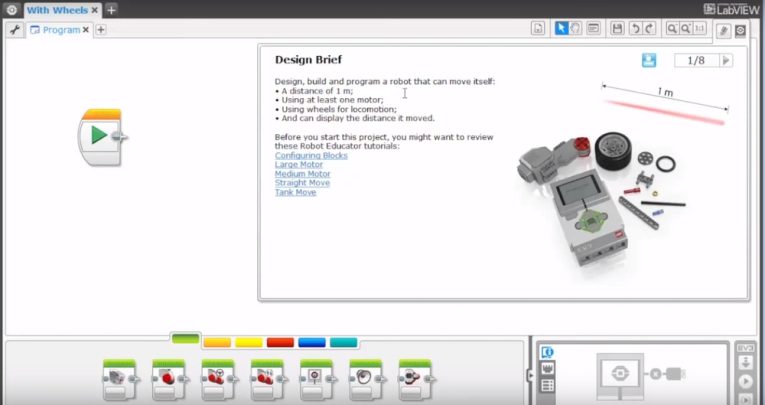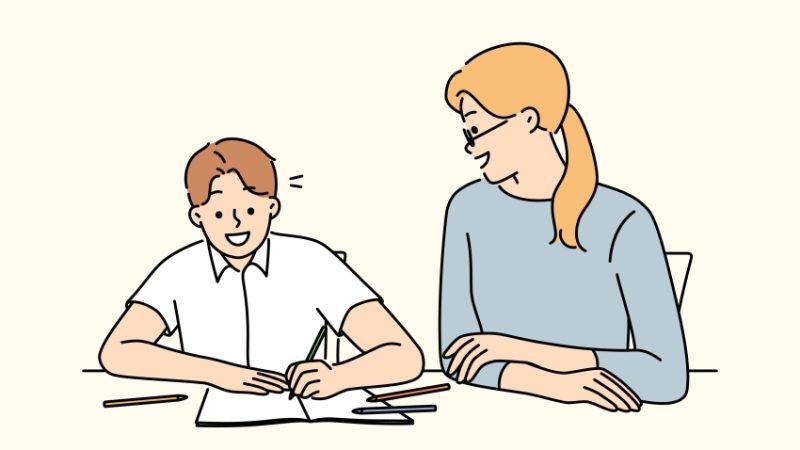Behind The Scenes – How A LEGO Education Primary Resource Is Developed

Mario Hjorth Volkmann explains what's involved in bringing a new LEGO Education product from the drawing board to the classroom…

- by Teachwire

Mario Hjorth Volkmann is an educational specialist at LEGO Education. Previously, he worked as a teacher for just over five years, teaching mathematics, German as a second language, English as a second language, physics, and chemistry to children aged 6 to 15.
Outside of the classroom, he also spent time as a school ICT leader, sat on a school development board and served as a department coordinator.
When developing the curriculum for a new LEGO Education product, what is your process for ensuring that it will effectively assist teachers, engage pupils and meet product quality standards? We typically begin the process of identifying classroom needs, challenges, and expectations by carrying out focus group interviews and quantitative research studies that hone in on finding information in all three criteria. After we have analysed the feedback we begin developing a solution until we have a working prototype. We then test the prototype in a classroom, presenting it to teachers and asking them for their input.
After that, we go back and have a closer look at the feedback and our observations, improve the prototype, and test it again. During this time, we are also observing how engaged the pupils are when working with the prototype. By working this way, we can ensure that we meet the teachers’ expectations and standards of a high-quality product.
How do current curriculum standards influence the development process? It is vital to our success and the quality of our learning solutions that curriculum standards play a central role throughout the development process, and are closely correlated to our final hands-on learning solutions.
We create materials that are used by teachers who need to be able to relate their work and activities with pupils to national curricula, and show the relevance of the activities they are prioritising in their classrooms. As a result, we have to treat current curriculum standards as very high priority, and ensure that our solutions are relevant and will be valued by teachers and leaders.
What qualifications and experiences does the LEGO Education curriculum team have – do they have classroom experience? Educational specialists at LEGO Education are required to possess a minimum of five years’ teaching experience within primary, secondary or preschool environments. Developing and creating unique, high-quality, hands-on curriculum solutions that will work in the classroom of every teacher calls for a sound knowledge of everyday school life.
Due to our teaching experiences, we understand both the teachers’ and pupils’ needs in the classrooms and how our solutions should cater to those.
How does LEGO Education go about identifying new curriculum development opportunities? We look for curriculum areas where the children are not only learning concrete knowledge, but also applying 21st-century skills such as critical thinking, collaboration, communication, creativity, and problem solving.
This lays the foundation for creating unique, high-quality learning solutions that are able to support pupils’ and teachers’ needs. When identifying curriculum opportunities we follow a very thorough research and development process, in which we listen very carefully to the input of the teachers and pupils.
We will identify commonalities and challenges through a variety of methods, such as focus group interviews or quantitative research, and always test prototypes in classrooms to ensure that our final curriculum solutions will make the biggest difference possible.
What input to practising educators have throughout the curriculum development process? Educators play a very central role throughout the process. There can, of course, be variations between one curriculum solution and another, but in general we do not develop activities without involving educators who have an in-depth knowledge of the relevant subject area.
We also work with members of the LEGO Education Community, who assist us in co-creating activities and testing solutions in their own classrooms to ensure that the new materials meet their needs.











